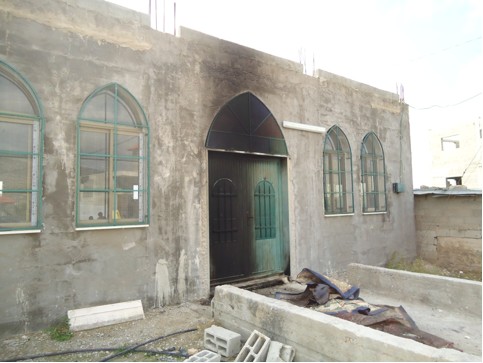Tag: Settlers
-
Curfew imposed on Kifl Hares as settlers invade
21 December 2012 | International Solidarity Movement, Kifl Haris, Occupied Palestine At around 9.30pm last night several Israeli Army vehicles entered the village of Kifl Haris as they do many times every year. They immediately imposed a strict unannounced curfew. The Israeli military tell nobody this will happen, nobody can leave their homes, nobody is…
-
Settlers set mosque on fire in Urif, West Bank
by Vincent Redheart and Anas Green 19th November 2012 | International Solidarity Movement, West Bank Today, Monday 19 of November at around 4 am, a bunch of settlers from the illegal settlement of Yitzhar set a mosque in the village of Urif on fire. The door has been damaged and the prayer mats were severely…
-
Thousands of zionists occupy Hebron – harassment, abuse and restriction of movement for Palestinians
By Ellie Marton 11th November 2012 | International Solidarity Movement, West Bank Thousands of fundamentalist Israeli tourists from around the world arrived into Al Khalil (Hebron) on Friday, camping overnight in the centre of the city for a Jewish religious holiday. One Palestinian was punched and kicked and hundreds were denied access to daily life…


